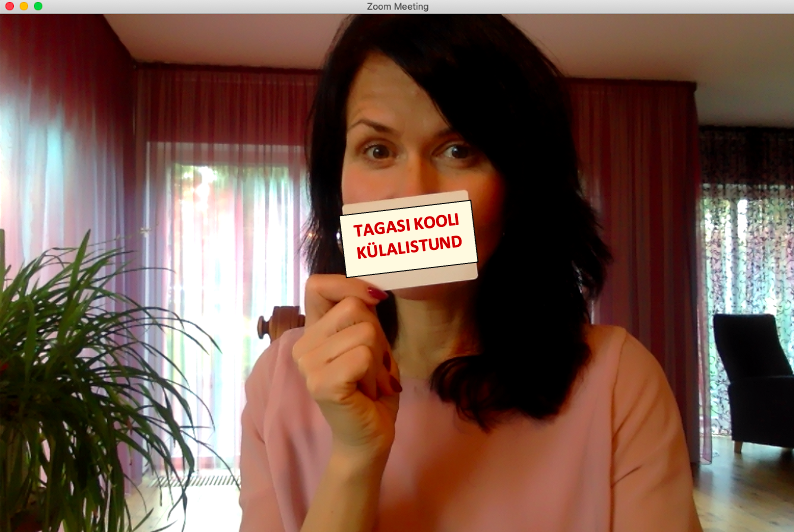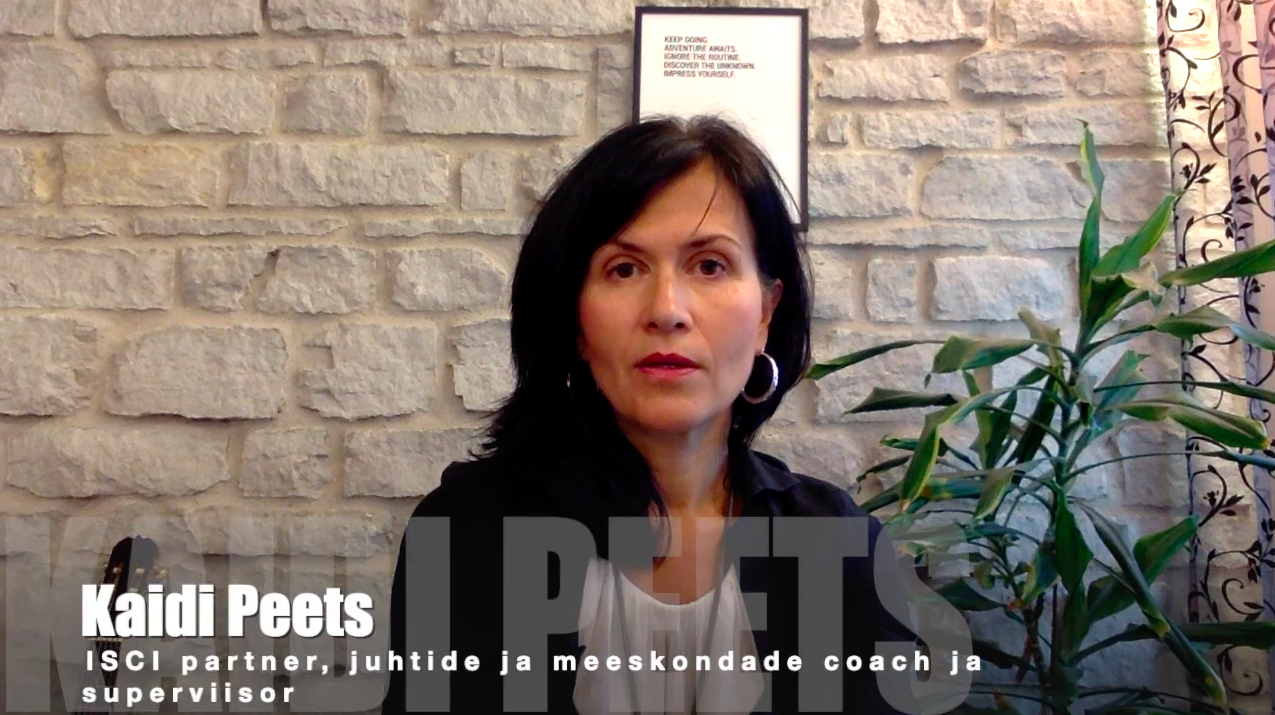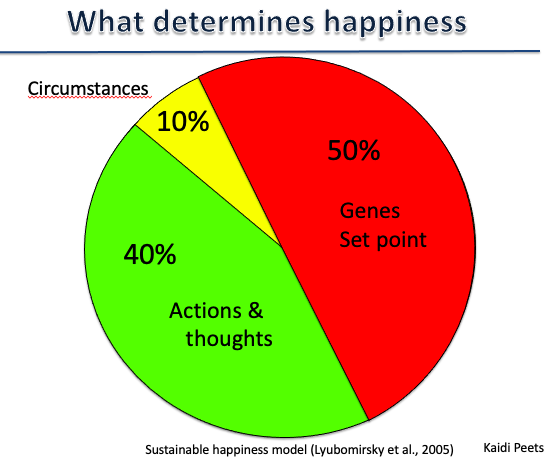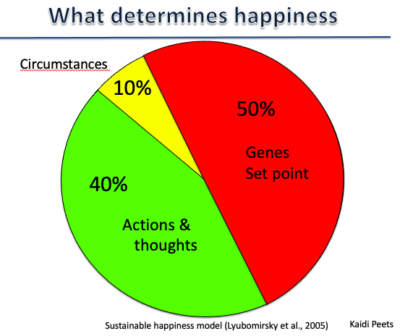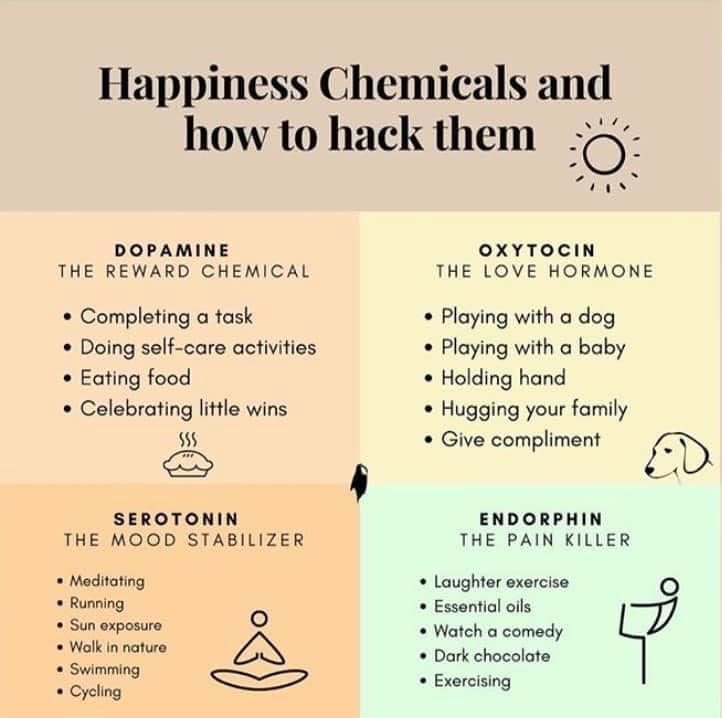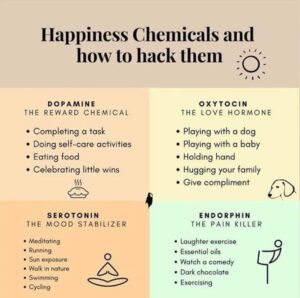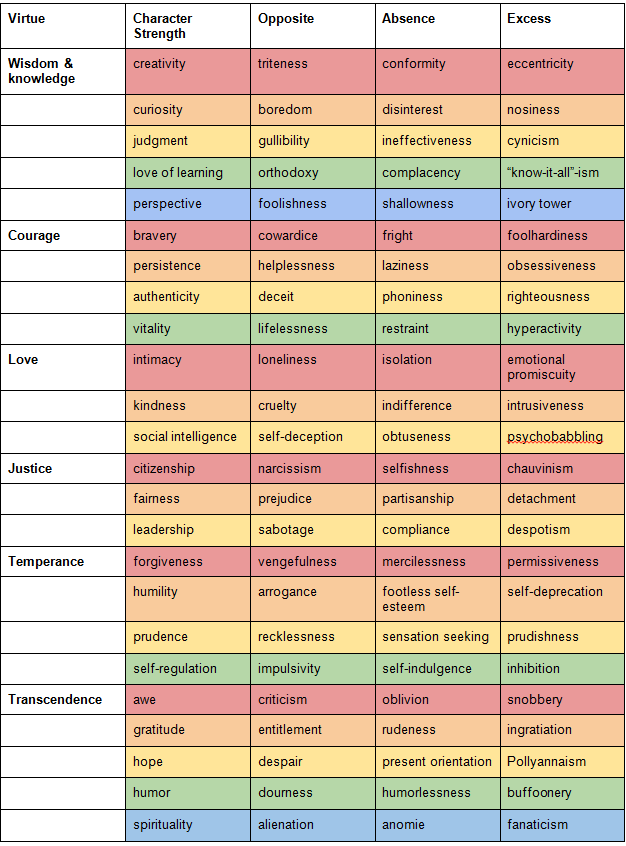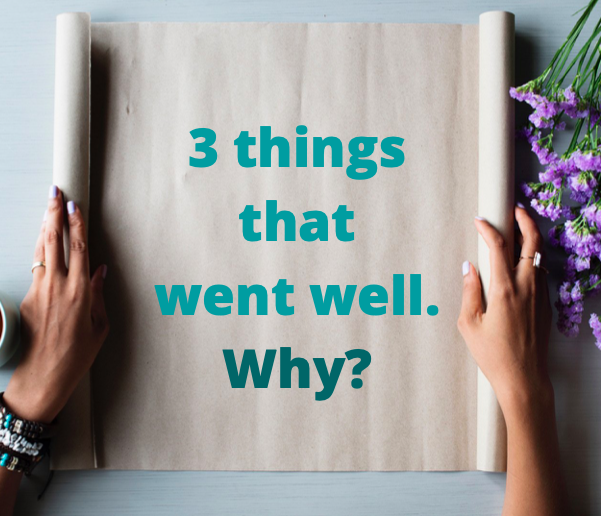I wrote a short blog post for CV-Online about ‘Notice the positive’ exercise. The Estonian desciption can be found below.
In brief, the exercise is as follows:
Every day think about:
- three things that went well that day/last week
- why they went well
It’s important to reflect not only on the situations that went well but also on the reasons why went well, what was your own contribution to it etc. Acknowledging your own contribution is important because it helps you see how much depends on your own grit and courage to face a challenge and not give up.
It is an exercise that you can practice with alone, together with your family or together with your whole team at work.
For example, when I analyse one great event in my life – the opportunity to sing and dance at Eesti Laul Grand Final. However, was it pure luck? Why did I get the chance to perform at such a grand event? There were several steps that led to the challenging yet great situation:
- years ago I decided to follow my heart and started to take private singing classes;
- then I started to take part in WAF classes, where we learned singing in a small group;
- we had six evenings of intensive practice – singing and dancing – before the grand final on 29 February in Saku Suuhall.
It was hard work for me, yet very interesting experience, where I learned a lot, laugh a lot and made many new friends.
So it wasn’t all pure luck. It was also a lot of hard work that led to the enriching situation.
POSITIIVSE MÄRKAMISE HARJUTUS
Positiivse märkamise harjutust on lihtne praktiseerida individuaalselt, aga ka pere, oma juhi või meeskonnaga koos.
Esita kaks küsimust:
– Mis on 3 asja, mis täna hästi läks / mis hästi on?
– Miks need asjad hästi läksid?
Heade asjade märkamine on oluline ning sama väärtuslik on uurida, mis edule õnnestumisele kaasa aitas. Uuri, millega sa ise asjade käiku mõjutasid. See aitab muuhulgas suurendada usku endasse. Usku, et maailmas on palju asju, mida me ise muuta või mõjutada saame. See teadmine aitab astuda välja ohvrirollist, kus otsime pidevalt kinnitust uskumusele, et meist ei sõltu midagi, mis omakorda muudab meid jõuetuks. Kui mõnikord tunnemegi end jõuetuna ning ei suuda näha asju, mis päeva jooksul hästi läksid, otsi häid olukordi elust laiemalt (nt ‘Ma olen terve.’, ‘Mul on töö.’ jne ) või meenuta varasemaid õnnestumisi ja helgeid hetki. Oluline on enda vastu lahke olla ka nendel hetkedel, kui negatiivsus on pimestanud ja jõu röövinud.
Iseseisvalt on neid harjutusi tore praktiseerida õhtuti enne magama minekut. Positiivsust arendavad harjutused tekitavad hea ja rahuliku tunde ning on seetõttu abiks ka unetuse puhul.
Teine võimalus on teha harjutusi koos perega. Sel juhul saavad pereliikmed aidata üksteisel uurida põhjuseid, miks asjad hästi läksid. See liidab ning aitab kogu perel ühiselt positiivset mõtteviisi treenida.
Töö kontektsis saavad meeskonnaliikmed reflekteerida nende kahe küsimuse üle kogu meeskonnaga koos. Üks võimalus on, et igaüks jagab isiklikke õnnestumisi ja teine võimalus, et meeskond uurib meeskonna ühiseid õnnestumisi ning kaardistab nende soodustajad ühiselt. Lisaks positiivsuse mõtteviisi arendamisele meeskonnas aitab see tõsta meeskonnaliikmete enesekindlust, õpetada märkama enda ja teiste panust ning sageli ka oma töö laiemat tähendust, mis aitab tõsta meeskonna motivatsiooni.
